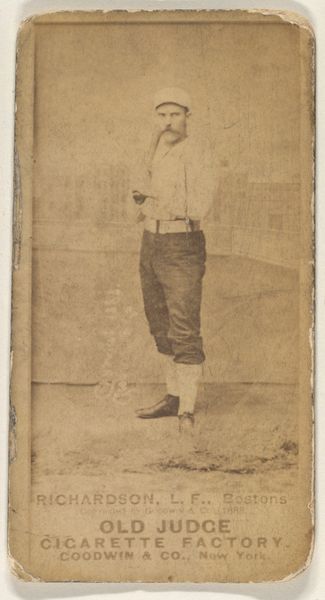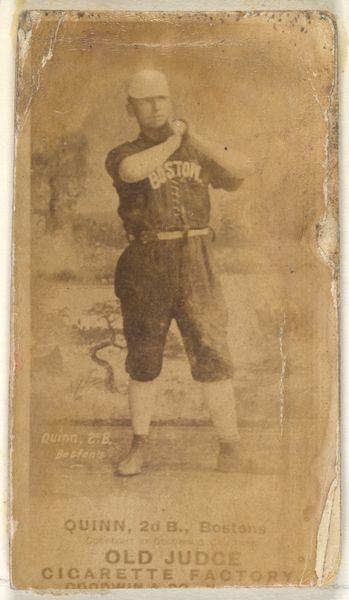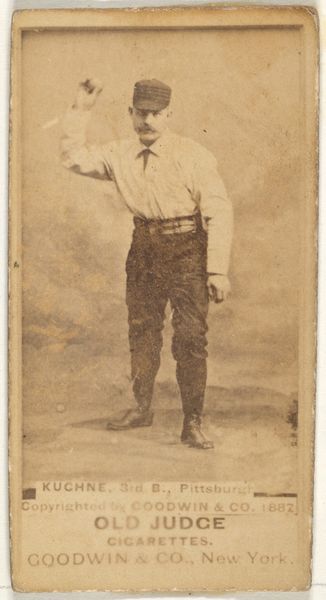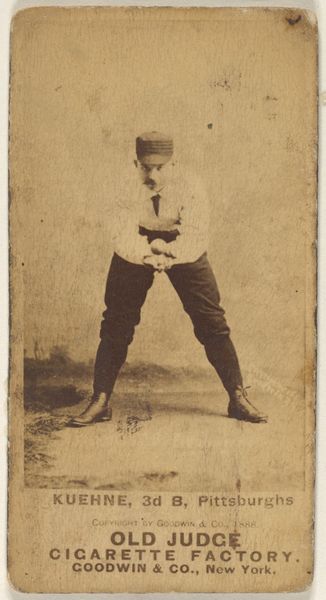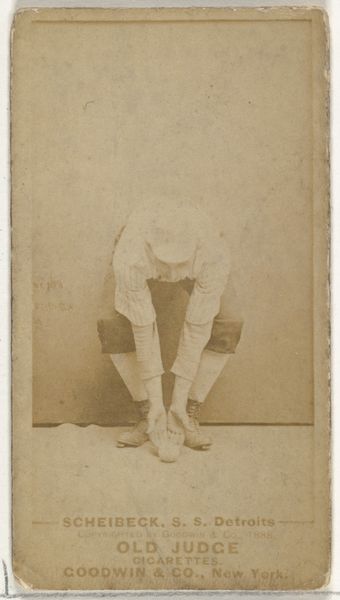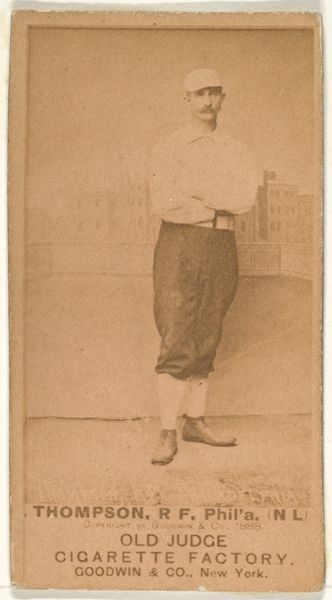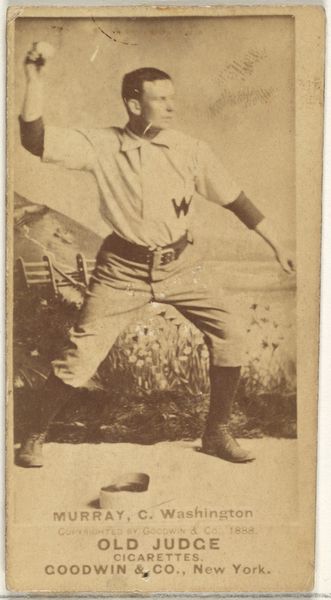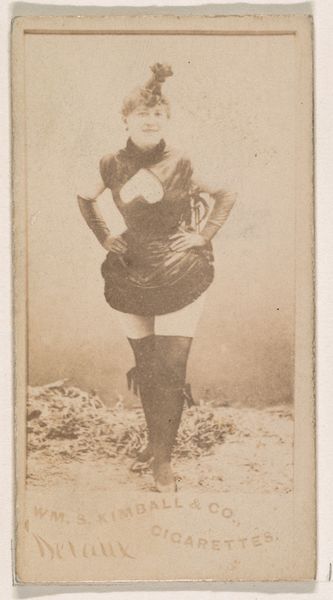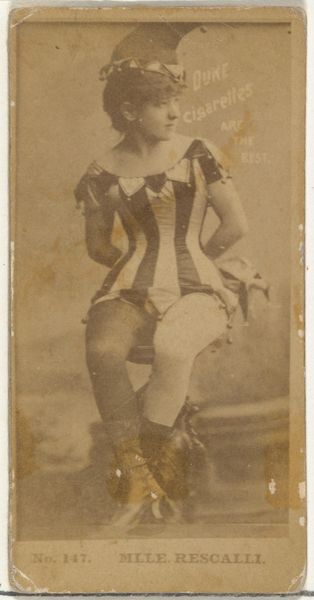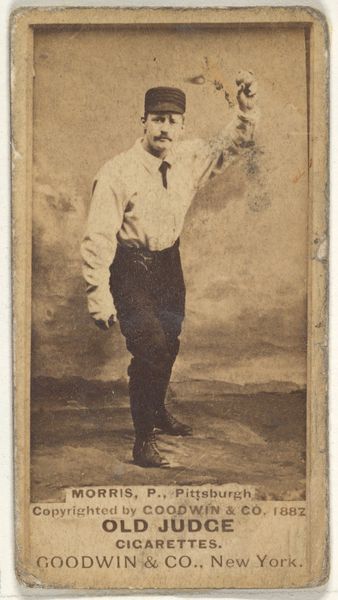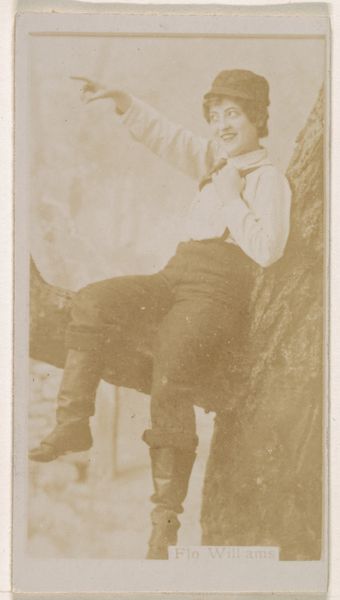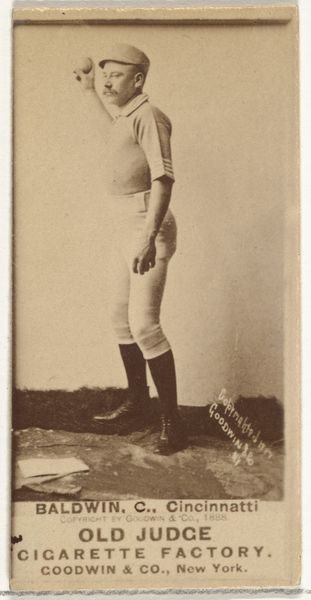
photography, gelatin-silver-print
#
portrait
#
african-art
#
contemporary
#
archive photography
#
street-photography
#
photography
#
historical photography
#
gelatin-silver-print
#
modernism
Dimensions: image/plate: 12.7 × 10.2 cm (5 × 4 in.)
Copyright: National Gallery of Art: CC0 1.0
Editor: Here we have Deborah Luster’s photograph, "Raymond Guidry, Angola, Louisiana," created in 1999, a gelatin silver print. The subject, seated against what appears to be a staged backdrop, exudes a captivating confidence. The aged feel of the photograph really struck me. How do you interpret this work, especially considering the title referencing Angola? Curator: Well, the title is key. "Angola" immediately places this work in the context of the Louisiana State Penitentiary, also known as Angola Prison, a place rife with complex social and historical implications. How does knowing that change your reading of Raymond Guidry’s confidence? Editor: It definitely casts a different light. The initial confidence I perceived now seems more like resilience or a kind of defiant dignity in the face of… what exactly? Institutional oppression? Curator: Precisely. Consider how portraiture, historically, has been a privilege afforded to the powerful. By photographing Mr. Guidry, Luster disrupts that power dynamic. It’s also crucial to acknowledge Luster’s sustained engagement with marginalized communities; her work becomes a form of visual advocacy. This isn’t just a picture; it's a document loaded with social commentary. Who controls the image and for what purpose? Editor: So, beyond just being a portrait, it's also a form of historical record and a statement about who gets represented and how? Curator: Absolutely. And the use of older photographic processes, like gelatin silver printing, connects it visually to the history of documentary photography, reinforcing that connection to social commentary. It asks us to consider the legacy and ongoing realities of incarceration and its impact on individuals and communities. Editor: This really makes me think about the photographer’s responsibility, and the ethics around depicting people in vulnerable situations. It’s more than just aesthetics; it’s about power. Curator: Precisely. It invites us to consider the politics of the image, which extends to contemporary discussions about the prison-industrial complex. Editor: I'm glad to consider its connection to the politics and historical portrayal within the criminal justice system. This image resonates in ways I hadn't initially anticipated!
Comments
No comments
Be the first to comment and join the conversation on the ultimate creative platform.
